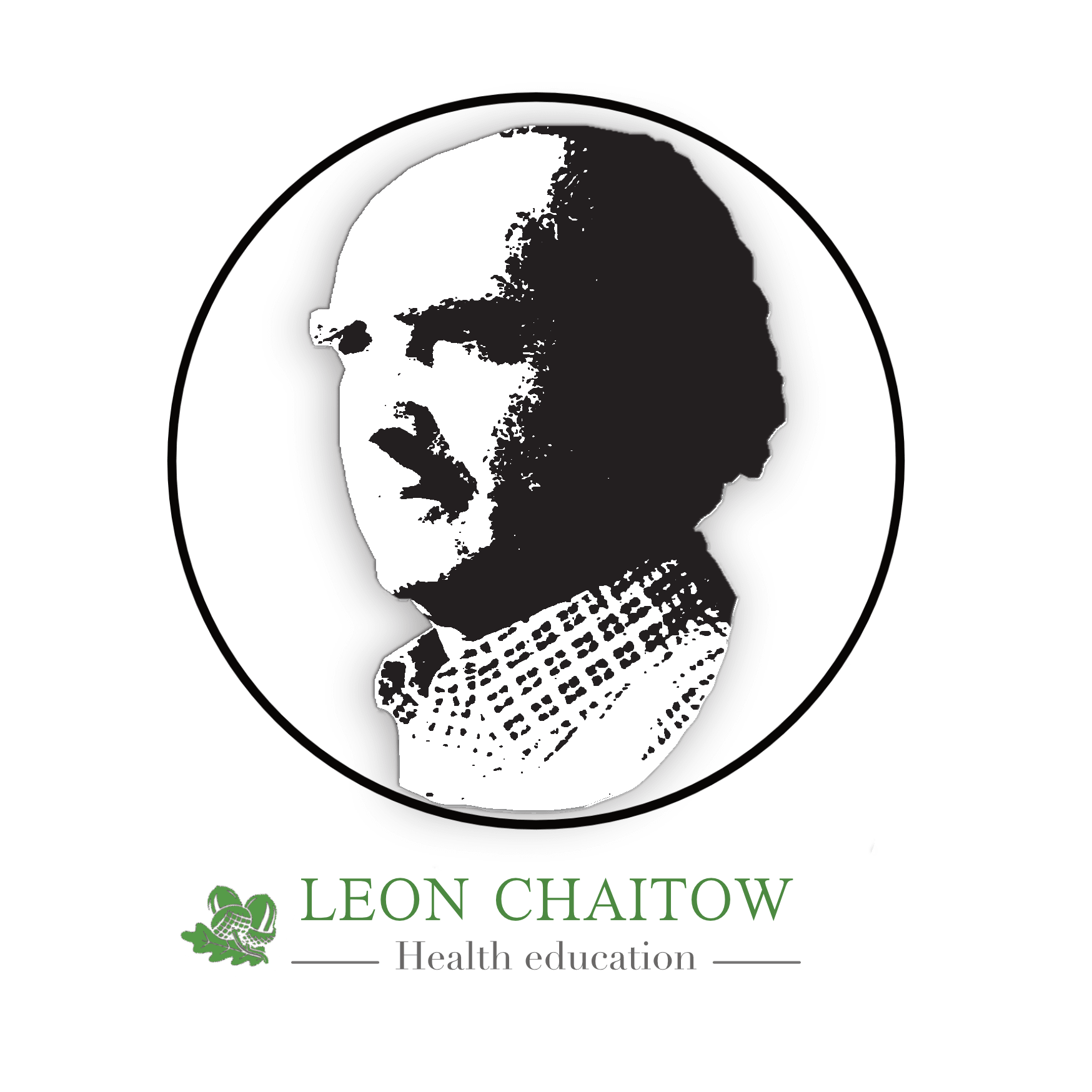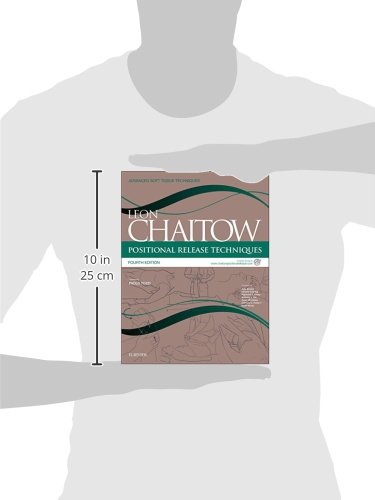Description
Review
I like the work of Leon Chaitow, he has taught me a lot about the art of manual medicine. This book is practical and rich with information you can use with your patients in everyday practice.
Amazon Reviewer
The information presented in this volume is right on target. Easy to read and understand. Information is also clarified by the DVD that accompanies the book. I highly recommend this therapy.
Amazon Reviewer
Once more, Chaitow shows us in Positional Release Techniques important ways to re-establish the normal functional states of different structures, such as muscles, by eliminating spasm, enhancing circulation and more. This is a very fine book that will be useful for many manual therapists. If you have any doubt, don’t wait any longer, acquire it!
Amazon Reviewer
The British Osteopath Chaitow goes into details of the various positional release techniques such as strain/counterstrain, functional release etc. which helps clarifies all the terminology. Chaitow also has a video which is a good accompaniment to the book. Kind of wish I had this for the boards.
Amazon Reviewer
This book is intended for those allied health professionals working in the musculoskeletal area with a special interest in advanced soft tissue techniques. The distinguishing features of this latest edition of Advanced Soft Tissue Techniques, is the contribution of authors from other allied health professions. These include osteopaths, chiropractors and physiotherapists. In reading this book there is a quote in one of the chapters that I feel epitomises the philosophy of the text and it is as follows. “No-one owns techniques or concepts and sectarian division helps no-one, least of all the patient. Perhaps the future will bring a holistic unity of concept, even if the techniques diverge somewhat” pg 240. This text goes a long way to reducing these sectarian divisions and mysteries as to other professions’ techniques and terminology.
Whilst Chaitow is the key author, the contribution of the other professions provides a good mix of techniques and philosophies. The book is comprised of 12 chapters with the first seven devoted to the positional release philosophy, techniques and treatment of conditions such as fibromyalgia syndrome and the use of trigger points. The next chapter is authored by Robert Copperstein, a chiropractor, and covers the sacro-occipital technique and use of padded wedges for diagnosis and treatment. Anthony Lisi, also a chiropractor, interestingly provides an overview of the McKenzie approach to the management of back pain in the next chapter. This is followed by chapter on the Mulligan approach presented by a range of physiotherapists led by Ed Wilson. Dylan Morrissey, a well known physiotherapist from the UK, provides an overview of unloading and proprioceptive taping techniques. The book concludes with a chapter by Julia Brooks on positional techniques as applied to animals in particular horses and dogs.
To reflect back to the quote, it is good to see a text that is providing a range of soft tissues options for treatment and also demystifying some of the terms that each profession uses. The use of jargon and terminology in professions is an on-going challenge and makes the reproduction and dissemination of techniques and the sharing of knowledge difficult. At least this text will provide the reader with a better understanding of the different mobilising and soft tissue techniques used with the osteopathic, chiropractic and physiotherapy professions.
Duncan Reid MHSc( Hons), MNZCP
Senior Lecturer, Auckland University of Technology
Positional Release Techniques contains over 600 images, photographs and illustrations. It is a clinical text that can be effective used by chiropractors, osteopaths and physical therapists.
Mr. Chaitow clearly identifies tender point locations in the body, as well as various treatment procedures and other key topics of interest to those who practice manual medicine. A supplemental DVD is also included with the purchase of the book.
With a variety of release techniques currently being used, Positional Release Techniques is an effective tool which evaluates all methods available from functional osteopathy to strain / counter strain approaches.
Not only does the text describe the manual procedures in step-by-step detail, but Chaitow also provides information on how best to integrate with other approaches which are manual, including MET. Usefulness and safety are both emphasized in both chronic and acute environments.
Barry Jenings B.A, R.M.T, C.M.F.R
About the Author
Leon Chaitow ND DO is an internationally known and respected osteopathic and naturopathic practitioner and teacher of soft tissue manipulation methods of treatment. He is author of over 60 books, including a series on Advanced Soft Tissue Manipulation (Muscle Energy Techniques, Positional Release Techniques, Modern Neuromuscular Techniques) and also Palpation Skills; Cranial
Manipulation: Theory and Practice; Fibromyalgia Syndrome: A Practitioner’s Guide to Treatment, and many more. He is editor of the peer reviewed Journal of Bodywork and Movement Therapies, that offers a multidisciplinary perspective on physical methods of patient care. Leon Chaitow was for many years senior lecturer on the Therapeutic Bodywork degree courses which he helped to design at the School of Integrated Health, University of Westminster, London, where is he now an Honorary Fellow. He continues to teach and practice part-time in London, when not in Corfu, Greece where he focuses on his writing.
[amz_corss_sell asin=”070205111X”]




Reviews
There are no reviews yet.